Have you ever wondered about the mysteries of the animal kingdom? We’re talking about creatures with abilities so outlandish that even the brightest minds in science are left scratching their heads. From animals that defy gravity to those that seem to have superpowers, these are the kinds of stories that make you question everything you thought you knew about the natural world.
1. The Mysterious Mimic Octopus
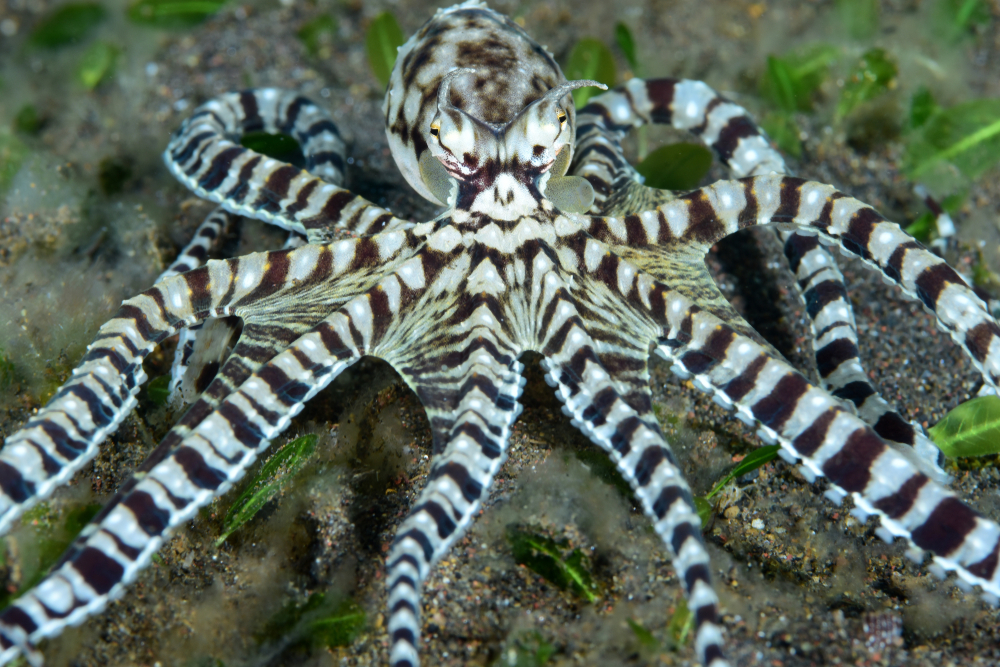
Picture this: you’re swimming in the ocean and suddenly come across a creature that can imitate not one, not two, but over a dozen other marine animals. National Geographic says that the mimic octopus is a master of disguise, transforming its shape, color, and behavior to mimic creatures like lionfish, flatfish, and even sea snakes. We’re talking Oscar-worthy performances here that leave predators utterly baffled. Scientists are still trying to figure out how and why this octopus developed such an impressive array of impersonations. Is it for protection, hunting, or just showing off its theatrical flair?
What truly boggles the minds of marine biologists is how the mimic octopus knows precisely which animal to impersonate in various situations. It appears to “decide” based on the threats it faces, suggesting a level of cognitive function that’s yet to be fully understood. Imagine having a wardrobe of animal personas at your disposal! The mimic octopus challenges our understanding of intelligence and adaptability in the animal kingdom, raising more questions with each new discovery.
2. The Immortal Jellyfish: Living Forever?
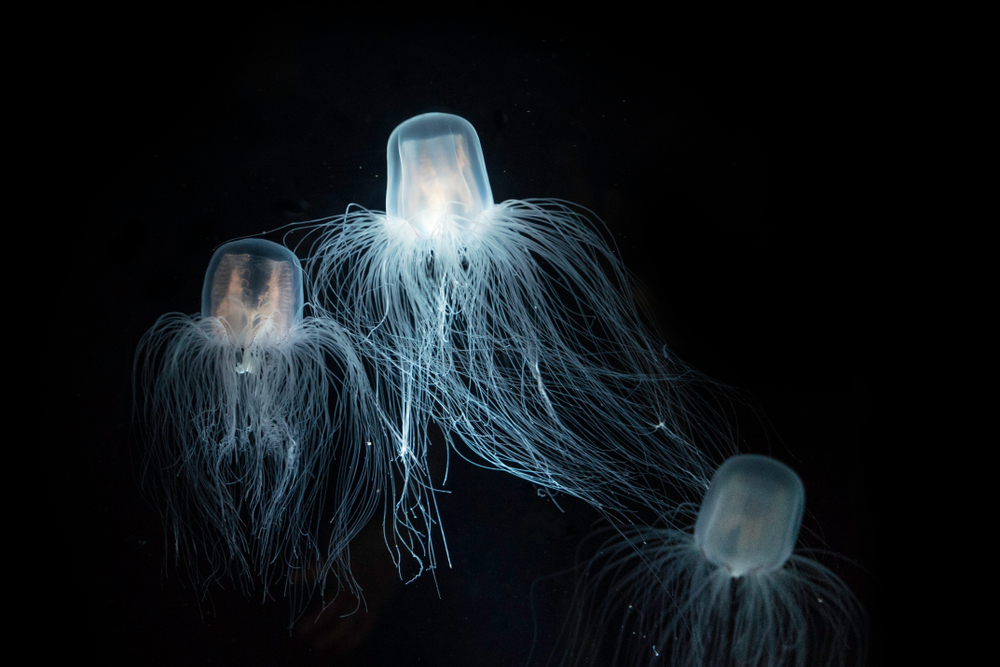
Can you imagine a creature that turns back the clock on aging, essentially cheating death? Meet Turritopsis dohrnii, or the immortal jellyfish. The Smithsonian points out that when it is faced with environmental stress or injury, it undergoes a process called transdifferentiation, transforming its cells back to their earliest form. It’s like a real-life Benjamin Button, growing younger as it ages. While many animals have regenerative abilities, the immortal jellyfish takes it to an entirely new level, effectively resetting its life cycle.
This jellyfish’s ability to revert to a polyp stage and start life anew leaves scientists perplexed. How does it switch on this biological fountain of youth, and why haven’t other species evolved similar abilities? The potential applications for human medicine are tantalizing, yet the jellyfish’s secrets remain elusive, locked beneath the waves. It’s a reminder of how much more we have to learn from our oceanic neighbors and the mysteries they hold in their translucent forms.
3. The Eerie Electric Eel’s Shock Tactics
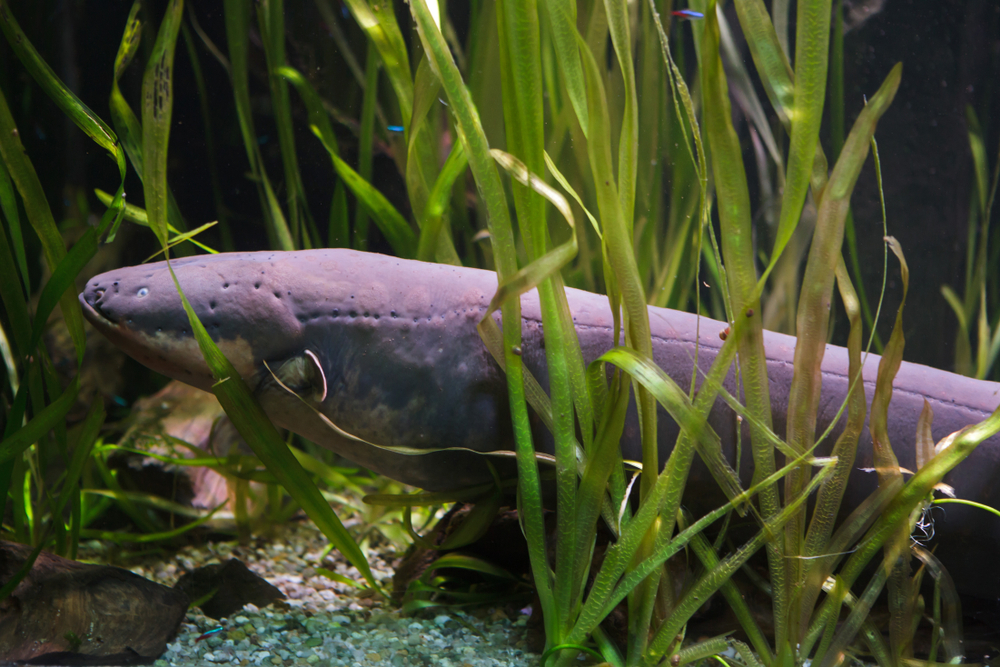
Swimming in the murky waters of South America’s rivers, the electric eel has one shocking claim to fame—literally. It can generate up to 600 volts of electricity, enough to knock a horse off its feet. But here’s the kicker: scientists still don’t fully understand how the eel generates such a powerful electric charge. Despite extensive research into its specialized cells known as electrocytes, the precise biological mechanics remain a fascinating mystery.
What’s even more mind-boggling is the eel’s ability to control its electrical discharge, using it to hunt, communicate, and defend. It can emit varying voltage levels, distinguishing between a gentle zap to navigate and a full-on jolt to incapacitate prey. This level of control showcases an intricate biological system that’s yet to be unraveled. As researchers continue to explore this aquatic enigma, the electric eel challenges our perceptions of nature’s capabilities.
4. The Incredible Invisibility of the Cuttlefish
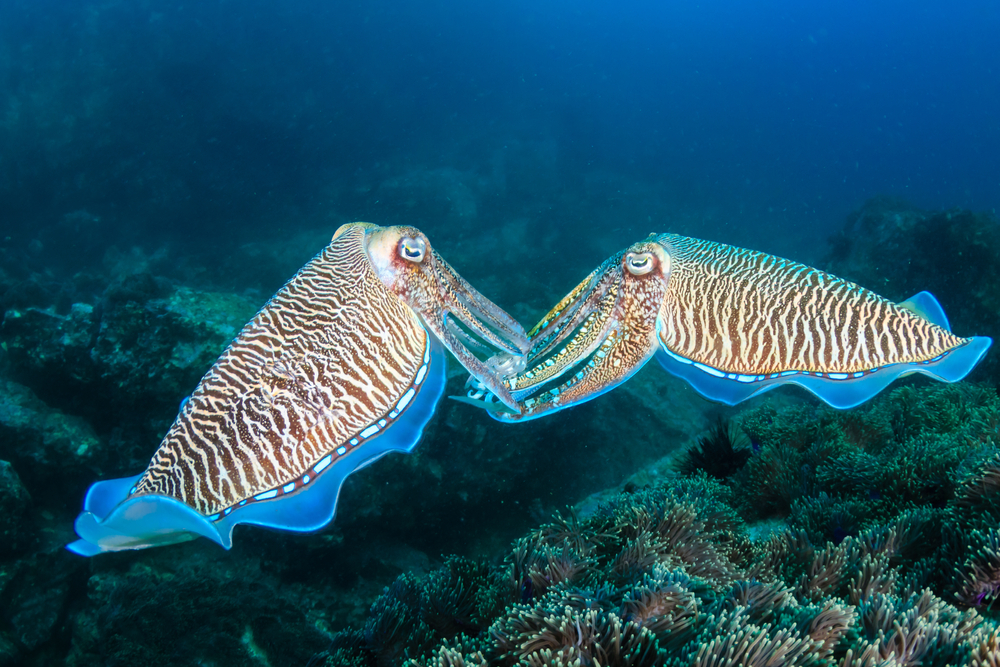
Think Harry Potter’s invisibility cloak is the stuff of fiction? Think again. The cuttlefish, a cousin to the octopus, can practically disappear before your eyes, thanks to its incredible ability to change color and texture. Using specialized skin cells called chromatophores, it can match its surroundings with astonishing accuracy. Unlike a simple chameleon switch, this is a high-definition transformation that would put a chameleon to shame.
Researchers are still trying to crack the cuttlefish’s camouflage code. How does it orchestrate such seamless transformations in real-time? It appears to involve a complex interplay of visual perception and neurological control that’s barely scratched the surface by current science. This cephalopod’s stealthy abilities offer a tantalizing glimpse into what might be achievable in future technologies, like advanced military camouflage or dynamic displays.
5. The Unbelievable U-Turn of the Pistol Shrimp
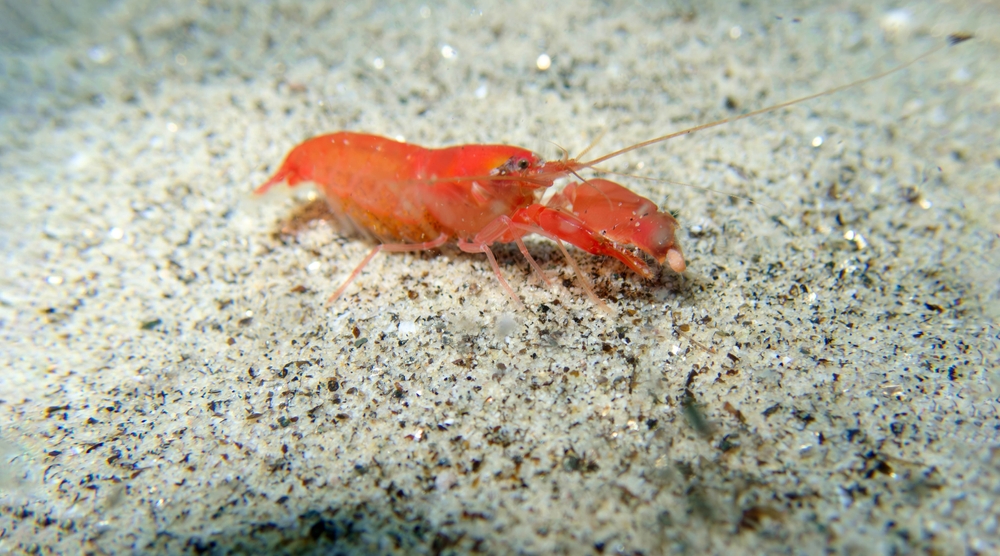
Imagine a shrimp so powerful it can create a sound louder than a gunshot. Meet the pistol shrimp, whose snapping claw can shoot out a jet of water at such speed that it momentarily generates temperatures as hot as the sun. This little crustacean packs a punch that can stun, or even kill, its prey. But the science behind this explosive power is still somewhat of a riddle.
Researchers are intrigued by the physics of the shrimp’s claw snap, which creates cavitation bubbles that implode with astonishing force. How does such a small creature produce such a powerful reaction? The pistol shrimp’s capabilities defy conventional understanding of aquatic life and continue to challenge scientists who aim to unravel its secrets. It’s a testament to nature’s ingenuity, showing that size doesn’t necessarily limit strength in the underwater world.
6. The Astonishing Adaptations of the Axolotl
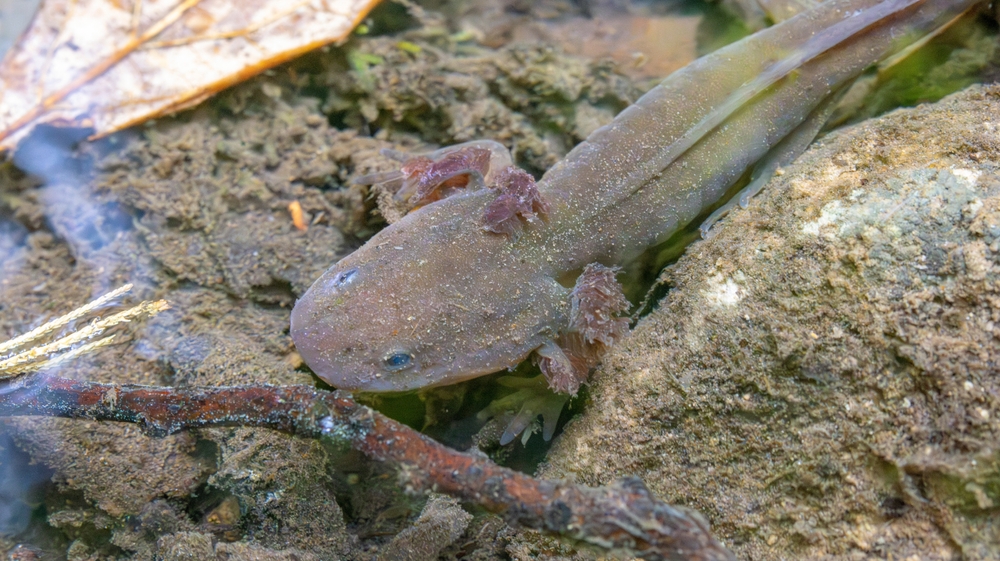
The axolotl, often referred to as the “Mexican walking fish,” is a salamander with superpowers. It can regenerate entire limbs, spinal cords, and even parts of its heart and brain. Imagine losing an arm and growing it back as good as new! While many animals have regenerative abilities, the axolotl takes it to the next level, challenging our understanding of biological repair mechanisms.
Despite decades of research, the exact processes that enable such remarkable regeneration remain largely unexplained. Scientists hope to unlock these secrets, potentially revolutionizing regenerative medicine for humans. The axolotl’s unique genetic makeup could hold the key to understanding tissue regeneration, but until then, it remains one of nature’s most confounding mysteries. This creature is a living reminder of the untapped potential within the animal kingdom and the possibilities that lie ahead.
7. The Gravity-Defying Gecko
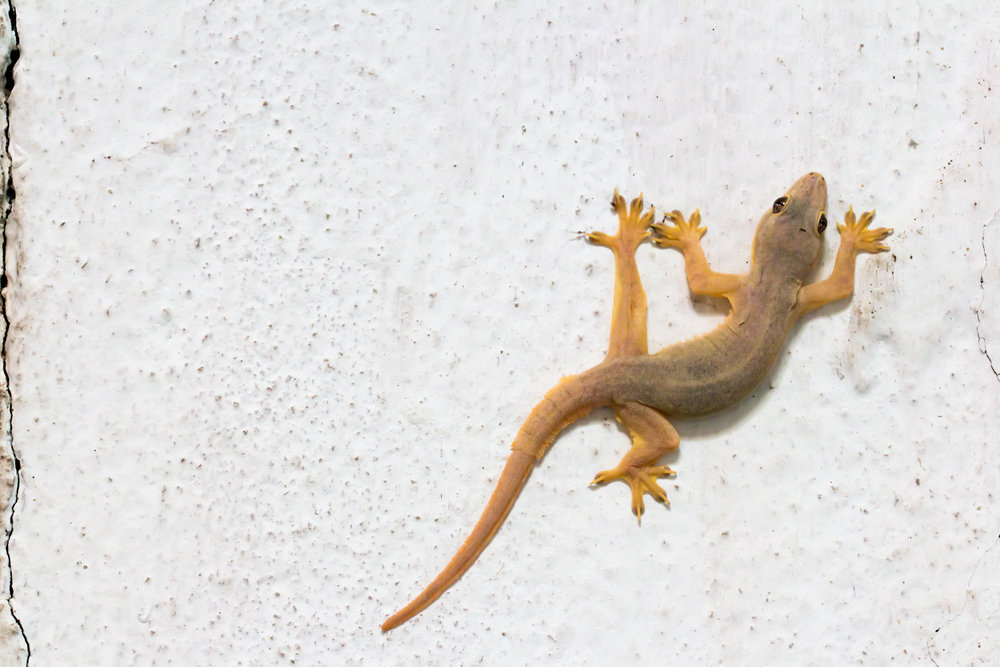
Have you ever seen a gecko nonchalantly stroll up a wall or across a ceiling? These little lizards possess some of the most remarkable climbing abilities in the animal world. Their secret lies in their toes, which are covered in tiny hair-like structures called setae that allow them to adhere to surfaces using van der Waals forces. Despite their seemingly magical grip, the exact mechanics are still a head-scratcher for scientists.
How do geckos quickly adhere and release their grip as they move? It’s a feat that engineers and physicists are eager to replicate, hoping to develop advanced adhesive technologies inspired by gecko feet. Yet, the mystery of the gecko’s climbing prowess remains one of nature’s intriguing puzzles. While researchers have made strides in understanding the gecko’s unique adhesive abilities, the full picture is still just out of reach, teasing our imaginations.
8. The Phenomenal Photosensitivity of the Mantis Shrimp
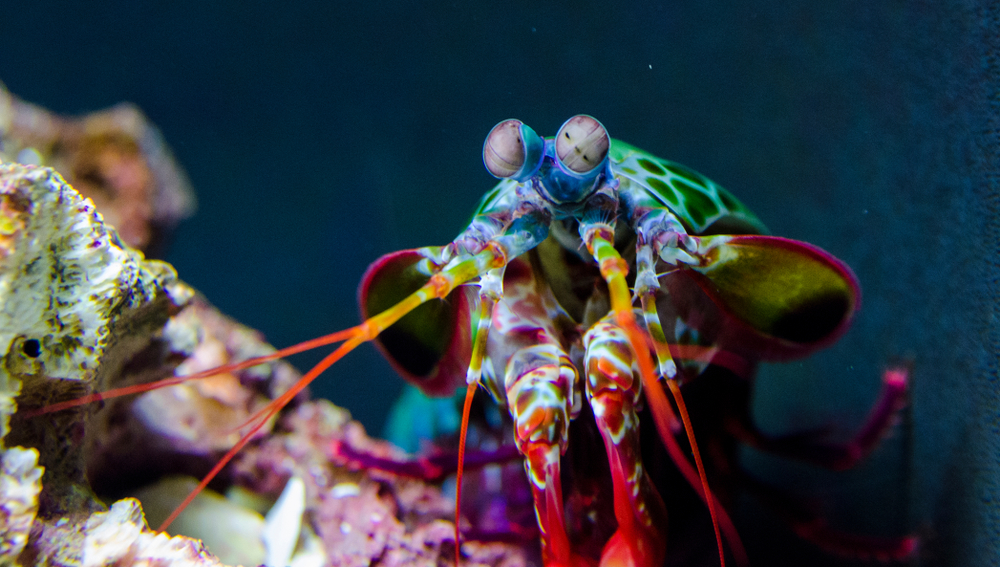
The mantis shrimp sees the world in colors that humans can only dream of. With sixteen types of photoreceptor cells in their eyes (compared to our measly three), they can detect ultraviolet, polarized, and circularly polarized light. It’s like having a built-in kaleidoscope view of the world that we can scarcely imagine. Yet, scientists are still trying to understand how these marine crustaceans process such a broad spectrum of light.
What evolutionary pressures led to such a complex visual system, and how does it benefit the mantis shrimp in its natural habitat? These questions remain largely unanswered, leaving researchers scratching their heads. While we continue to explore the mantis shrimp’s visual capabilities, it challenges us to rethink our own perceptions of sight and color. This small creature offers a glimpse into the vast, untapped potential of sensory experience on this planet.
9. The Spectacular Speed of the Peregrine Falcon
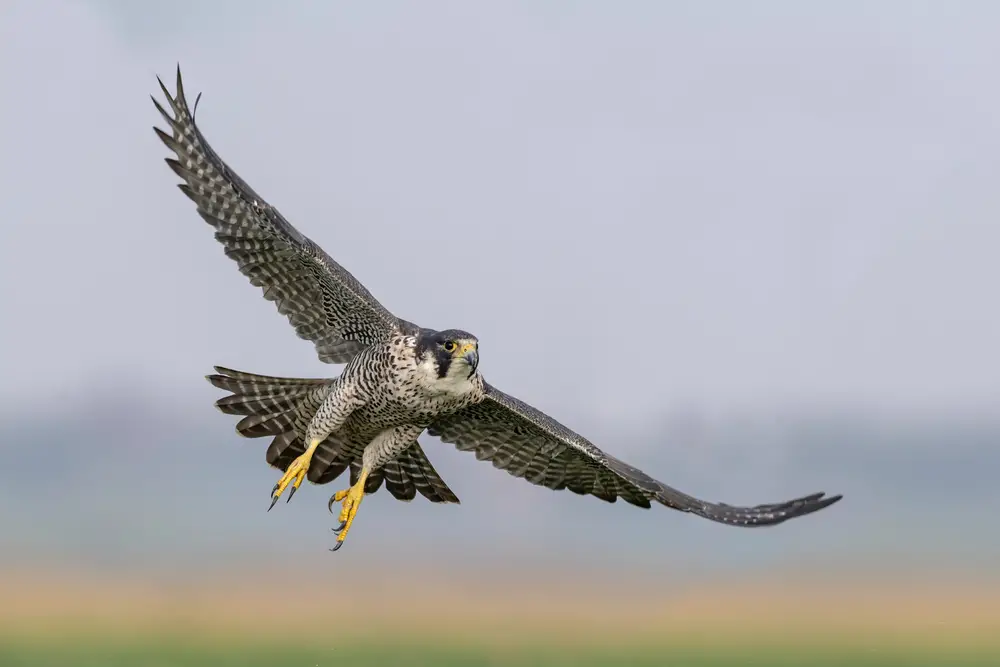
Ever watched a peregrine falcon in a dive and thought, “How on earth is that even possible?” This raptor is the fastest animal on the planet, reaching speeds of over 240 miles per hour during its hunting stoop. That’s faster than a NASCAR racer! The peregrine’s incredible speed and agility are feats of nature that continue to fascinate scientists and bird enthusiasts alike.
But how does it manage such breathtaking speeds without compromising its vision or control? Researchers are still piecing together the evolutionary adaptations that make this possible, from its streamlined body to its acute eyesight designed to track prey at high velocities. The peregrine falcon’s aerial prowess serves as a reminder of the extraordinary capabilities that evolution can produce. As we continue to study this avian speedster, it raises questions about the limits of animal performance and what other marvels the natural world might hold.
10. The Bewildering Bioluminescence of the Firefly
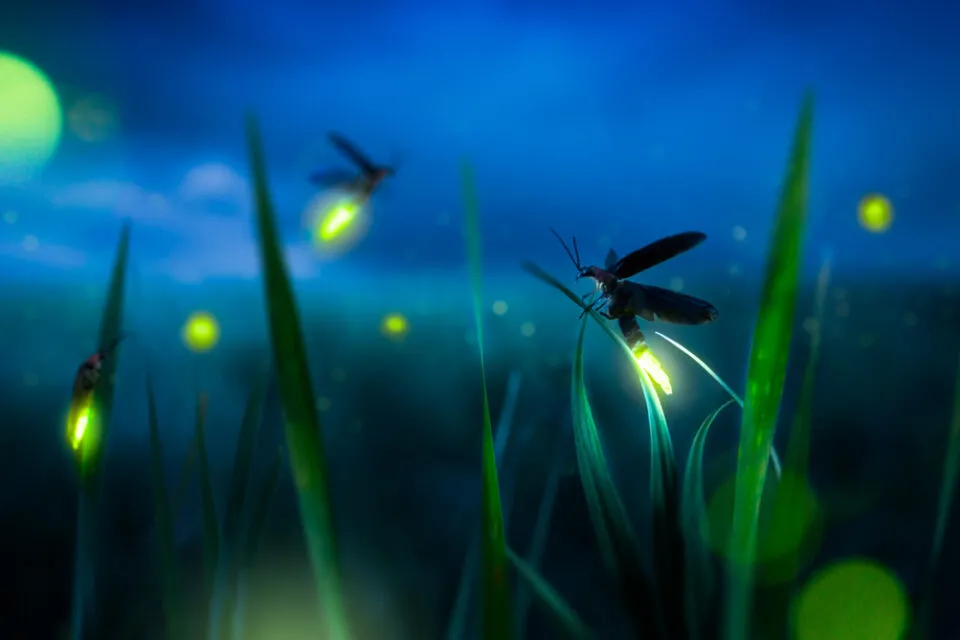
Who hasn’t been enchanted by the twinkling lights of fireflies on a warm summer evening? These little beetles are like nature’s fairy lights, illuminating the night with their bioluminescent glow. But how they produce this light, and why, is still a subject of scientific inquiry. Fireflies use a chemical reaction involving luciferin and luciferase to light up, but the intricacies of this process remain a puzzle.
Why do fireflies light up? While it’s commonly believed to be a mating signal, there’s more to the story that researchers are still uncovering. Some studies suggest that their glow may also serve as a warning to predators or a means of communication. The mystery of fireflies’ bioluminescence invites us to consider the hidden language of the natural world—a language that flickers on the fringes of our understanding, begging for interpretation.
11. The Crazy Cloning of the Marbled Crayfish
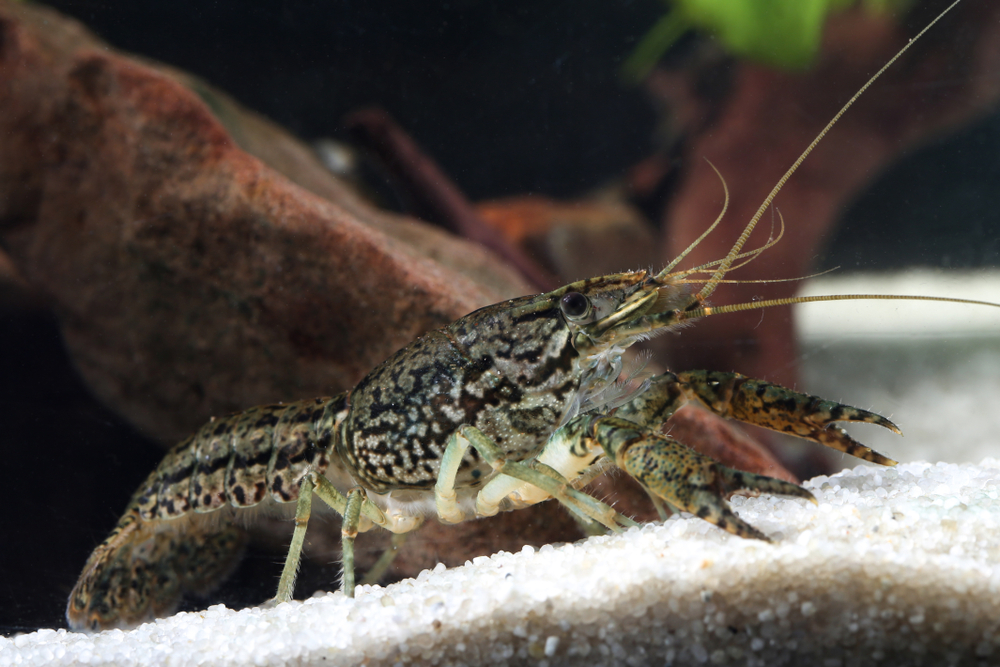
Imagine an animal that can clone itself over and over again without ever needing a mate. Enter the marbled crayfish, a freshwater crustacean capable of asexual reproduction. This means every marbled crayfish is essentially a genetic copy of the original. While cloning isn’t unheard of in the animal kingdom, the marbled crayfish’s ability to do so without any apparent downsides is what leaves scientists intrigued.
How does this cloning process work, and what are its long-term implications for the species? While some animals reproduce asexually under specific circumstances, the marbled crayfish’s consistent cloning raises questions about genetic diversity and survival. Researchers are keen to study this crayfish further, as it offers a unique glimpse into the possibilities and limitations of asexual reproduction. Its existence challenges our understanding of evolution and adaptation, sparking curiosity and debate among biologists.
12. The Extraordinary Echolocation of the Bat

How do bats hunt in the pitch-black of night without bumping into things or missing their prey? The answer lies in their incredible echolocation ability, which allows them to “see” with their ears. By emitting high-frequency sounds and listening to the echoes that bounce back, bats can navigate their surroundings with astonishing precision. But the mechanics of this natural sonar system are still not fully understood.
What truly mystifies scientists is the bat’s ability to process these auditory signals at lightning speed, making split-second decisions during flight. How do they filter out “echo clutter” and focus on the important sounds? The bat’s echolocation system is a marvel of biological engineering that continues to inspire technological innovations in sonar and navigation systems. As researchers delve deeper into this phenomenon, it challenges our understanding of sensory perception and adaptation in the animal kingdom.
